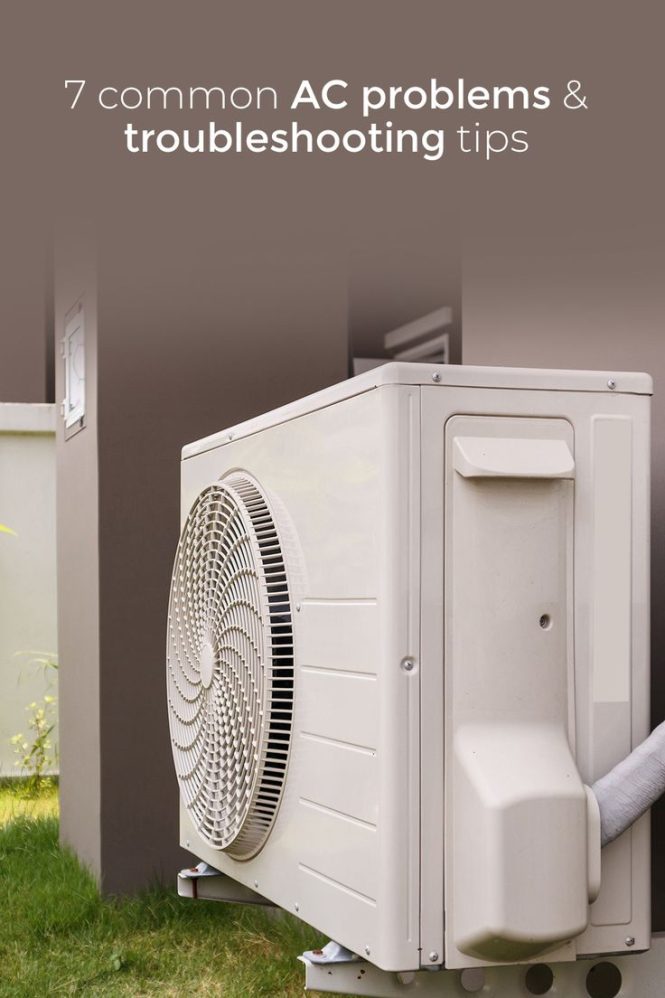

AC condenser problems can significantly impact the efficiency and performance of your air conditioning system. Understanding these issues and their potential causes is crucial for effective troubleshooting and preventing costly repairs. A failing AC condenser unit can lead to uncomfortable indoor temperatures, increased energy bills, and even system breakdowns. This comprehensive guide delves into the common causes of AC condenser problems, providing practical solutions for diagnosing and fixing outdoor unit issues. We’ll cover everything from refrigerant leaks to clogged filters, offering step-by-step instructions and expert advice. The structure of this article is as follows: first, we’ll define the AC condenser and its function within the system. Then, we will systematically examine the potential causes of problems in the outdoor unit. Finally, we’ll discuss practical solutions and preventive measures to ensure the optimal function of your AC system.
Understanding the AC Condenser
What is an AC condenser?
The AC condenser is a critical component of your air conditioning system, located outdoors. Its primary function is to release heat absorbed from inside your home into the atmosphere. This process, called heat exchange, is essential for cooling your space. The condenser coil, typically made of copper or aluminum, is the primary heat-dissipating component. Inside this coil, a refrigerant circulates, absorbing heat from the indoor unit and releasing it into the environment. Damage to the condenser coil can lead to reduced cooling efficiency and ultimately cause a breakdown of the entire system. Proper maintenance is essential for maintaining optimal AC performance and avoiding costly repairs.
Common Causes of AC Condenser Problems
Refrigerant Leaks
Refrigerant leaks are a common culprit behind AC condenser problems. A small leak can significantly impact the system’s ability to cool effectively. Refrigerant is essential for the heat exchange process. If the leak is not detected and repaired promptly, it can result in lower cooling capacity, increased energy consumption, and ultimately, system failure. Regularly inspecting the condenser for any visible signs of leaks, such as a hissing sound or puddles of liquid, is crucial. If a leak is suspected, seek professional help immediately.
Clogged Filters and Coils
Blocked Airflow
Clogged air filters and condenser coils can restrict airflow, hindering the condenser’s ability to dissipate heat effectively. Dust, debris, and other particles can accumulate on the coils, creating a significant blockage and ultimately affecting the overall performance. Regular cleaning and maintenance, including filter replacements, are crucial for maintaining optimal airflow. A clogged system can also lead to higher energy consumption. A clogged condenser coil forces the compressor to work harder, increasing electricity costs.
Diagnosing Outdoor Unit Issues
Visual Inspection
Conducting a thorough visual inspection of the outdoor unit is the first step in diagnosing potential problems. Look for signs of physical damage, such as dents, leaks, or loose connections. Check the condenser coils for any visible blockages or corrosion. Inspect the refrigerant lines for any signs of leaks or damage. Inspect the fan motor for signs of damage or unusual sounds. These visual clues can provide a crucial starting point for determining the source of the problem and its severity.
Electrical Issues
Troubleshooting the Wiring
Electrical issues in the outdoor unit can also lead to various problems. Inspect all wiring connections for any loose or damaged wires. Check the circuit breaker for proper functionality and if the AC breaker trips frequently, this could indicate a short circuit or an overloaded electrical system. Inspect the fan motor for unusual sounds or excessive vibrations. This is a crucial step in diagnosing the source of any electrical problems.
Solving Condenser Problems
Refrigerant Recharge
If refrigerant leaks are detected, promptly contact a qualified HVAC technician to perform a refrigerant recharge. This process involves recovering the remaining refrigerant and adding a suitable amount to restore the system’s cooling capacity. An empty refrigerant line can cause a breakdown of the AC unit’s ability to cool adequately.
Cleaning and Maintenance
Routine Maintenance
Regular cleaning and maintenance of your AC condenser can significantly improve its performance and lifespan. Ensure proper airflow around the outdoor unit by clearing any obstructions or vegetation. Clean the condenser coils with a soft brush or compressed air to remove any dust, debris, or other particles. Replacing air filters regularly is also essential.
Preventing Future Problems
Regular Checkups
Regular maintenance checks by qualified HVAC technicians are crucial for preventing future problems and extending the life of your AC condenser. Regular checkups can identify potential issues before they escalate and can significantly prevent the chance of more costly repairs.
Environmental Factors
Protecting your Equipment
Consider the environmental conditions affecting your AC condenser. Excessive dust and debris buildup can cause significant airflow restrictions. Ensure proper ventilation and consider protective measures to help prevent damage from external elements like rain, snow, or excessive heat, etc. This may involve using weather-resistant housings or covers to protect the condenser from elements while it is not in use.
In conclusion, diagnosing AC condenser problems requires a systematic approach. Understanding the common causes, like refrigerant leaks, clogged filters, or faulty fans, is crucial. Regular maintenance, including checking condenser coils and compressor operation, is key to preventing potential issues. If you suspect a problem, consult a qualified HVAC technician for a proper diagnosis and repair. This will ensure optimal performance of your AC unit and prevent further damage. Contact a trusted HVAC professional for a comprehensive inspection to address any potential issues.